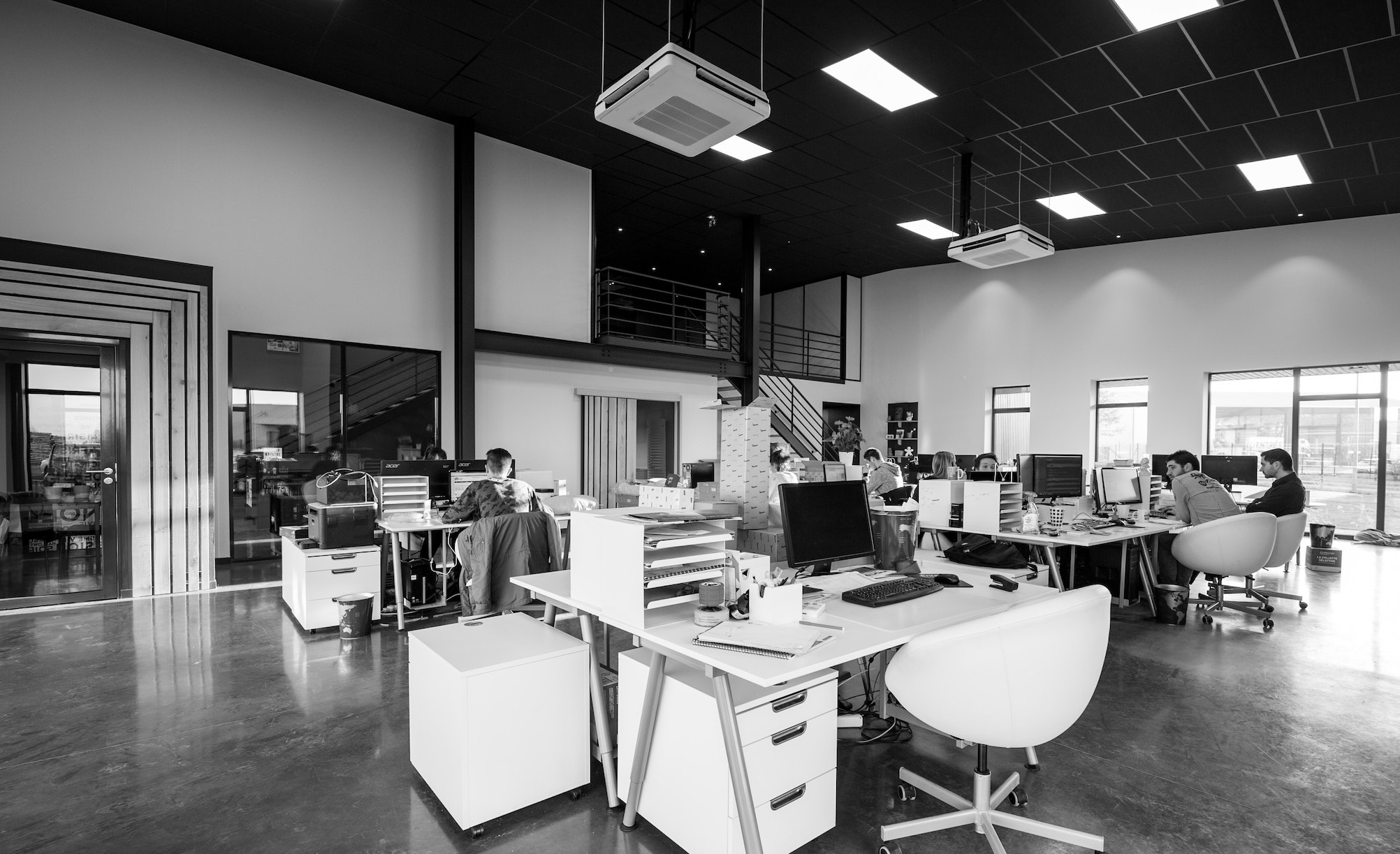Across Asia Pacific, conversations surrounding flexible space are typically one-sided and largely concentrate on co-working.
Given the current stage of development in this region, it is somewhat understandable that discussions on flexible working are inevitably tenant-based. Tenants have embraced the concept and pioneered next generation principles that fall under the agile working umbrella. However, for too long, a key element to an inclusive flexible narrative has been downplayed, the role of landlords and investors in this workplace evolution.
For this market to truly evolve into a mainstream workplace and office concept, involvement of both tenants and investors is imperative. Without both side of the market playing more equal roles, flexible working in Asia Pacific is destined to remain purely niche in some markets and somewhat accepted by certain companies in others.
To bridge this gap, we have identified four driving themes that will help bring wider scale landlord participation in the Asia Pacific flexible space.
- Widening the investor base: Investor appetite for flexible workplace does exist but it is mismatched at this point in time. Our research indicates that 90% of the $3 billion invested in flexible space came from Chinese firms. Why is this? Firstly, flexible space is naturally attractive to non-institutional investors, particularly venture capitalists. This trend is consistent with the investment mandate of venture capital firms to invest in projects that disrupt traditional industry. Agile operators, including co-working brands, are growing rapidly in China and attracting this class of investor. And given the size of the addressable market, therefore, flexible spaces in Asia have raised quite a lot of funding. China is the biggest market in flexible space among countries in the Asia Pacific, which is unsurprising. However, to make this a more regional story, a more diverse mix of investors are required to allocate capital into flexible spaces. In our observations, SWFs and pension funds probably don’t have mandate to invest directly in co-working companies because of the mismatch of risk profile. They tend to invest in low-risk assets. However, as a defensive play against the transformation in workplace, institutional investors do have to think about their investment principle on buildings that have flexible space as tenants.
- A more diverse group of flexible providers are required: There is diversity in the Asia Pacific flexible space. However, that diversity is more centred around domestic providers. International operators account for about 35% of the total market, while domestic players dominate with over 60% market share. However, the opportunity will only open up further with greater landlord participation. Instead, we are forecasting more consolidation in the sector given the fragmentation in Asia Pacific. The domestic providers now accounting for 35% only have one or two centres. Going forward, branding and stability will be the important factor to attract members and gain efficiency on operations. Therefore, we are seeing more mergers and acquisitions in the co-working sector.
- More allocated flexible space is needed: The high growth rate of flexible spaces is not skewed to a particular market. We see the trajectory of flexible space as a phenomenon across the whole region, not limited to hub markets like Hong Kong or Singapore. This fact alone should appeal to investors and landlords with developed market experience or a higher risk appetite to expand into emerging markets with under-penetrated flexible markets. Currently, about 1.7% of total stock is flexible space, which does suggest scope for further growth. At what level and where this growth will come from is up for debate in the industry, but the consensus remains that flexible space is a rising trend that does need the push from investor participation to shift gear.
- Landlords becoming more invested owners of planned projects: At this stage, flexible space is basically owned by the operators but they are mainly using a leasing model. In terms of the stakes of the operators (NOT centres or projects), we do see a lot of venture capital firms investing in the sector. There are also investors and landlords putting money into the sector. However, we don’t see many of them taking majority ownership. This fact also needs to change and we see some of the more aggressive and experienced investors primed to enter this space now.
As landlords and investors’ involvement in agile space typically takes the form of one of the following business models:
- Traditional Lease Model: Landlords/investors lease space to agile space operators on traditional leases at market rents. In some cases, landlords provide fit-out incentives.
- Platform Model: Landlords/investors create their own agile brand. While this enables them to retain full control over their building and the end user profile, it also exposes them to.
- Revenue Sharing Mode: Landlords/investors lease space to agile space operators at a base rent (fixed component) and turnover rent (variable component) depending on the success of the venture. Both the landlord/investor and the agile space operator share operational risk as well as any upside.
The aforementioned approaches will only become more important to ensuring landlord involvement in the Asia Pacific agile space. Foremost, as occupiers build flexibility into corporate real estate strategy and the growth of agile space transforms office markets across the region, landlords and investors of all types must re-evaluate their strategies. As a result, landlords/investors will have to prepare for occupiers demanding more flexible lease terms. They must also provide more amenities and services to differentiate their buildings beyond the traditional selling points of specifications, location and accessibility.
It is here where the involvement of landlords and capital will become more vital to the future of flexible space in the Asia Pacific.







